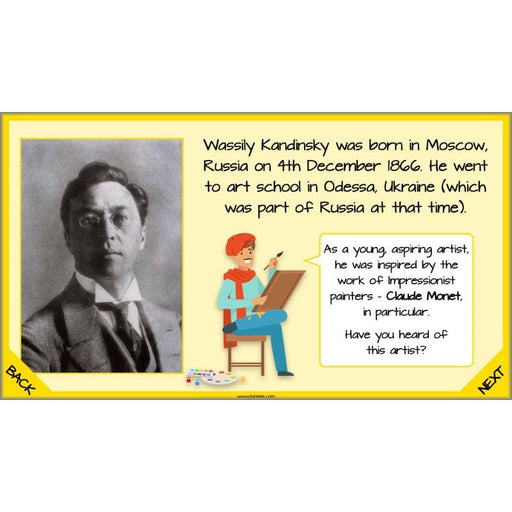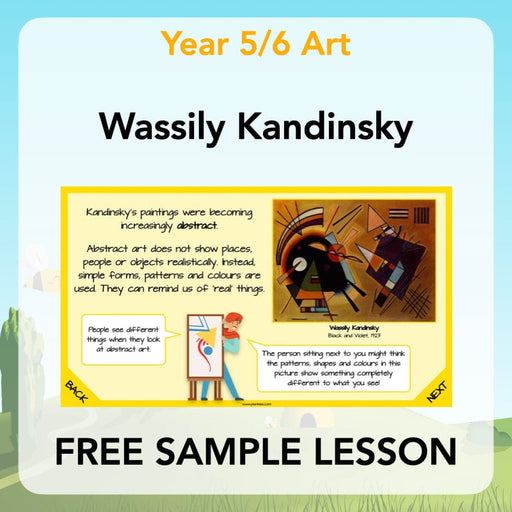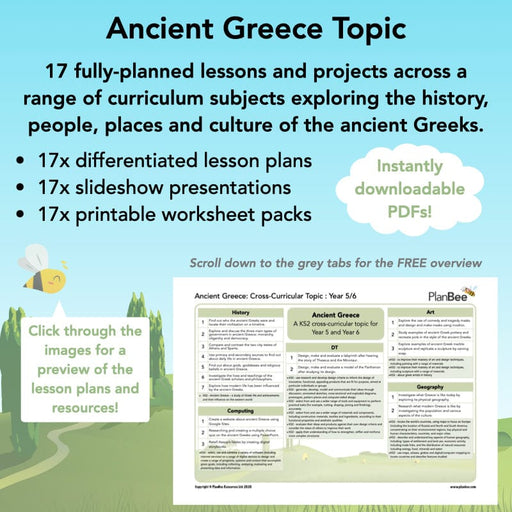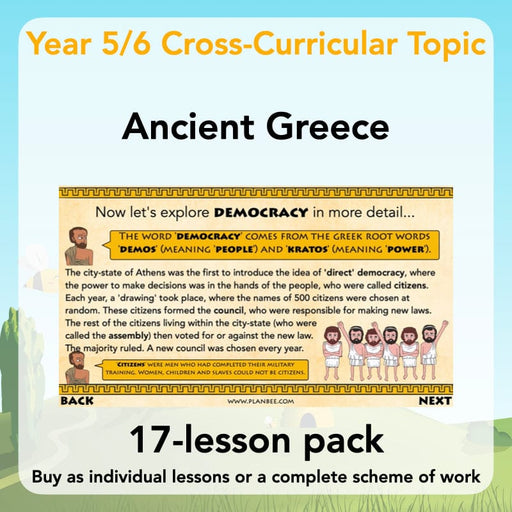
Ruby Bridges Facts
“My message is really that racism has no place in the hearts and minds of our children.”
Who is Ruby Bridges?
Ruby Nell Bridges Hall is an American civil rights activist. She was the first African-American child to desegregate the all-white William Frantz Elementary School in Louisiana, New Orleans, in November 1960.
The Civil Rights Movement
Ruby was born to parents Abon and Lucille on 8th September, 1954, in the middle of the civil rights movement. The civil rights movement was a struggle for social justice that took place mainly during the 1950s and 1960s for Black Americans to gain equal rights under the law in the United States. At that time, many Southern states in the USA implemented laws which meant that separate schools, restaurants, public toilets, and transportation were required based on the colour of a person’s skin. This was called segregation.
In the same year that Ruby was born, in the landmark case of Brown vs Board of Education, the courts had ruled that separate schools for black and white children were unconstitutional. However, many southern states were resistant, and did not enforce this new federal law.


Ruby’s family move to New Orleans
When Ruby was 4 years old, her family moved from Mississippi to New Orleans, hoping for a better life in a bigger city. Her dad, Abon, soon got a job as a gas station attendant, and Ruby attended a segregated kindergarten. She was a happy child, and enjoyed playing softball, skipping and climbing trees. She also helped her mum, Lucille, look after her younger siblings.
Around this time, Ruby was one of the many African American children in New Orleans who were chosen to take a test to determine whether they could attend a white school. It is said that the test was made deliberately difficult so that not many children would pass. But Ruby did pass - she was in fact only one of six children who did, and the only child who was given a place at the all-white William Frantz Elementary School. Abon was hesitant about sending his daughter to this school, as he was worried about her safety, but Lucille was determined that Ruby should have the educational opportunities that they hadn’t had themselves, and to "take this step forward [...] for all African-American children."
Ruby’s first day at school
The 14th November, 1960, was Ruby’s first day at William Frantz Elementary School. However, many people were still unhappy about the decision to desegregate the New Orleans schools, and had turned up to protest. As a result of this, Ruby and her mother had to be escorted through the angry crowds to the school by four Federal Marshalls. At the time, Ruby didn’t understand the real reason why the crowds were there:
“I saw barricades and police officers and just people everywhere. They were throwing things and shouting. And when I saw all of that, I immediately thought that it was Mardi Gras. I had no idea that they were there to keep me out of school.”

Parents began taking their children out of the school - some because they were angry with the decision, others because they were afraid of the crowds protesting outside the building. Due to this chaos, Ruby spent the day in the principal’s office - she never even made it to a classroom.
Mrs Henry
On Ruby’s second day at school, all of the staff refused to teach her, except one - Mrs Barbara Henry.
“I had never seen a white teacher before, but Mrs Henry was the nicest teacher I ever had. She tried very hard to keep my mind off what was going on outside. But I couldn't forget that there were no other kids.”
Mrs Henry taught Ruby in an empty classroom. After a few days, children began returning to the school, but Ruby remained the only child in her class. She ate lunch alone, and could only play with her teacher at break. This continued for a whole year, however Ruby never missed a single day of school.
The consequences for the Bridges family
As a result of their decision to send Ruby to William Frantz Elementary School, the Bridges family suffered. Abon lost his job as a gas station attendant, and the local food store refused to serve Lucille. However, other members of their community, both black and white, showed support: a neighbour gave Abon a new job, and many people sent cards, gifts and even money to help them.
It took a long time for some people to accept that the William Frantz Elementary School was a desegregated school, but, by Ruby's second year there, more African-American students had joined the school, and she was in a class with both black and white pupils. For the rest of her education, she attended desegregated schools.
The Bridges’ family’s decision, and the courage that Ruby showed as a six-year-old in continuing to go to school despite the many people who didn't want her to, eventually helped other schools all over the USA to make the decision to desegregate. Now, children can go to any school they like, regardless of the colour of their skin.
Today, Ruby still lives in New Orleans with her husband and four sons. She runs the Ruby Bridges Foundation, which was formed in 1999 to promote ‘values of tolerance, respect and appreciation of all differences’.
Did you know…?
- In 1999, Ruby wrote a children’s book about her experiences, entitled ‘Through My Eyes.’
- In 2014, a statue of Ruby was erected outside the former William Frantz Elementary School.
- The singer-songwriter Lori McKenna wrote a song about Ruby called ‘Ruby’s Shoes.’
- The young Ruby features in a Norman Rockwell painting. It was displayed in the White House on the request of Barack Obama during his presidency in 2011.
If you enjoyed reading this blog, have a look at some of our other fact blogs.
Featured collection
-
FREE Mini-Scheme: Wassily Kandinsky
Original price £0.00 - Original price £0.00Original price£0.00£0.00 - £0.00Current price £0.00Learn all about the life and work of Kandinsky, who spent his career developing a 'language' for expressing sounds, ideas and feelings through his ...
View full details -
FREE Mini-Scheme: Ocean Animals
Original price £0.00 - Original price £0.00Original price£0.00£0.00 - £0.00Current price £0.00This free Science Ocean Animals lesson plan pack contains three lessons to help your class identify and describe a variety of ocean animals from lo...
View full details -
FREE Mini-Scheme: Creating Paper Toys
Original price £0.00 - Original price £0.00Original price£0.00£0.00 - £0.00Current price £0.00This free mini-scheme will give your class the chance to make paper toys. They will practise the important skill of cutting whilst they make easy p...
View full details -
FREE Mini-Scheme: Exploring Paris
Original price £0.00 - Original price £0.00Original price£0.00£0.00 - £0.00Current price £0.00This free ‘Exploring Paris’ mini-scheme will take your class on a fun trip to one of the most famous cities in the world! Help your class to locate...
View full details -
Ancient Greece Topic
Original price £35.00 - Original price £35.00Original price£35.00 - £35.00£35.00 - £35.00Current price £35.00This fun and engaging KS2 Ancient Greece Topic for Year 5 and Year 6 will take your class back to one of the most fascinating civilisations in hist...
View full details











Comments
Leave a comment